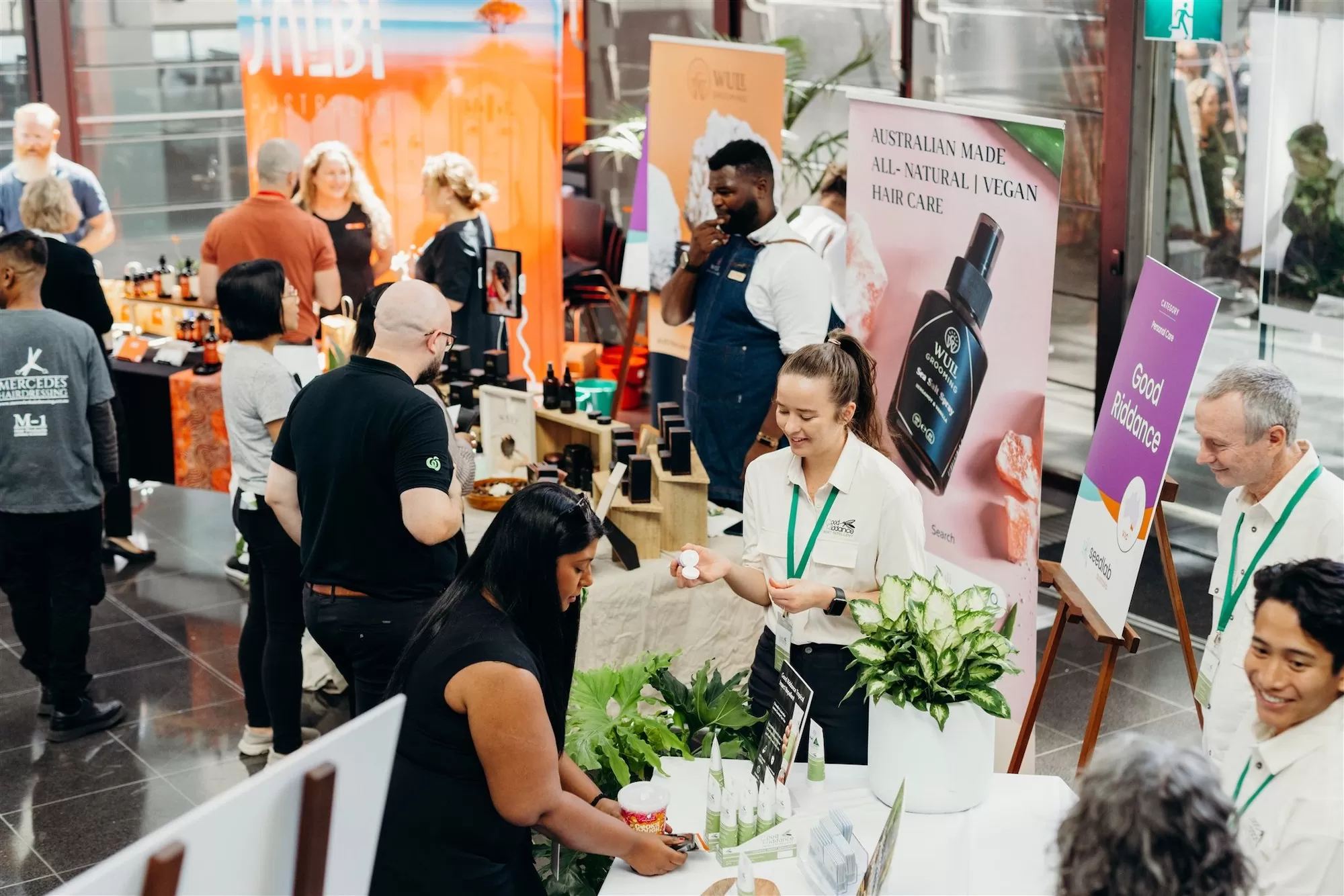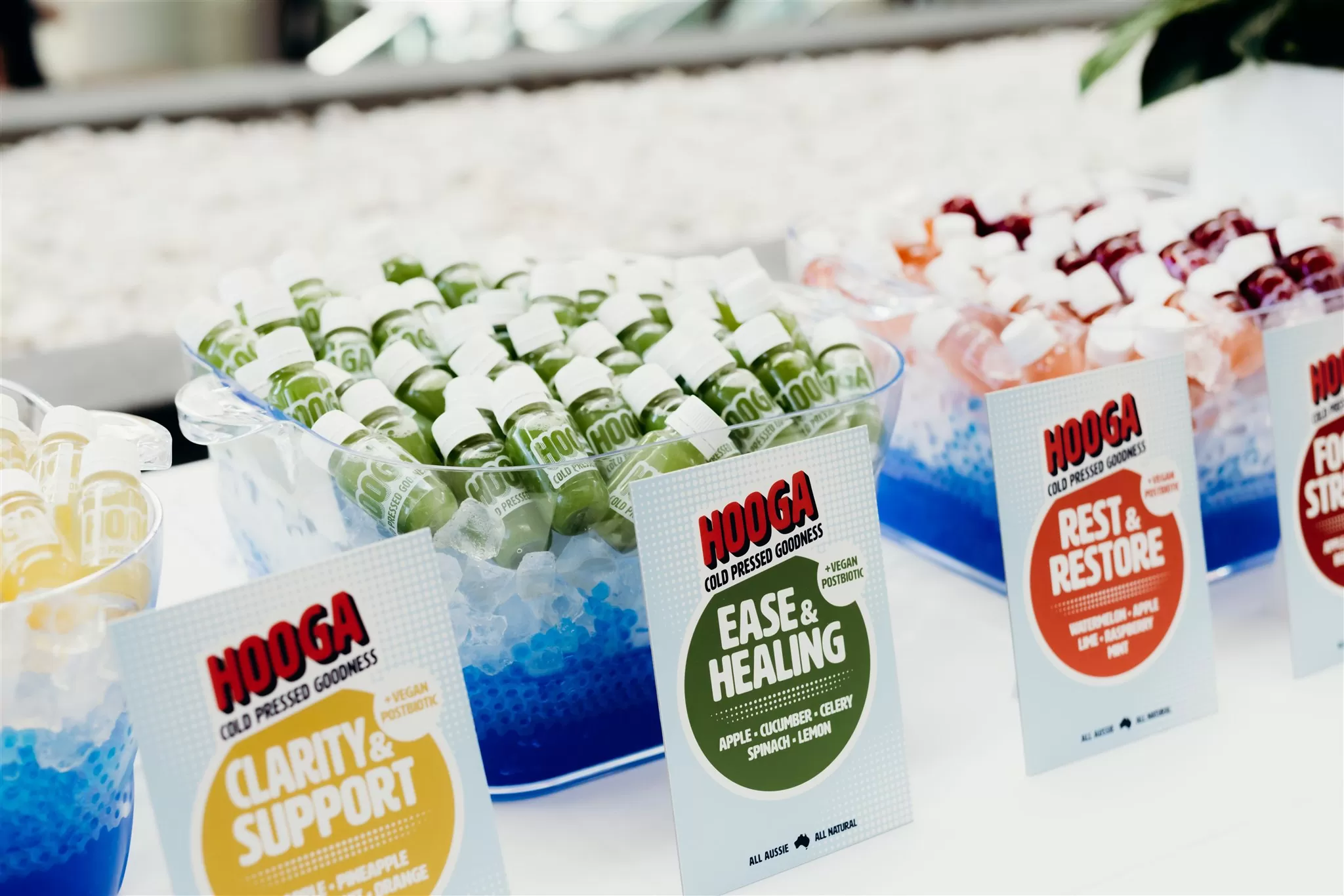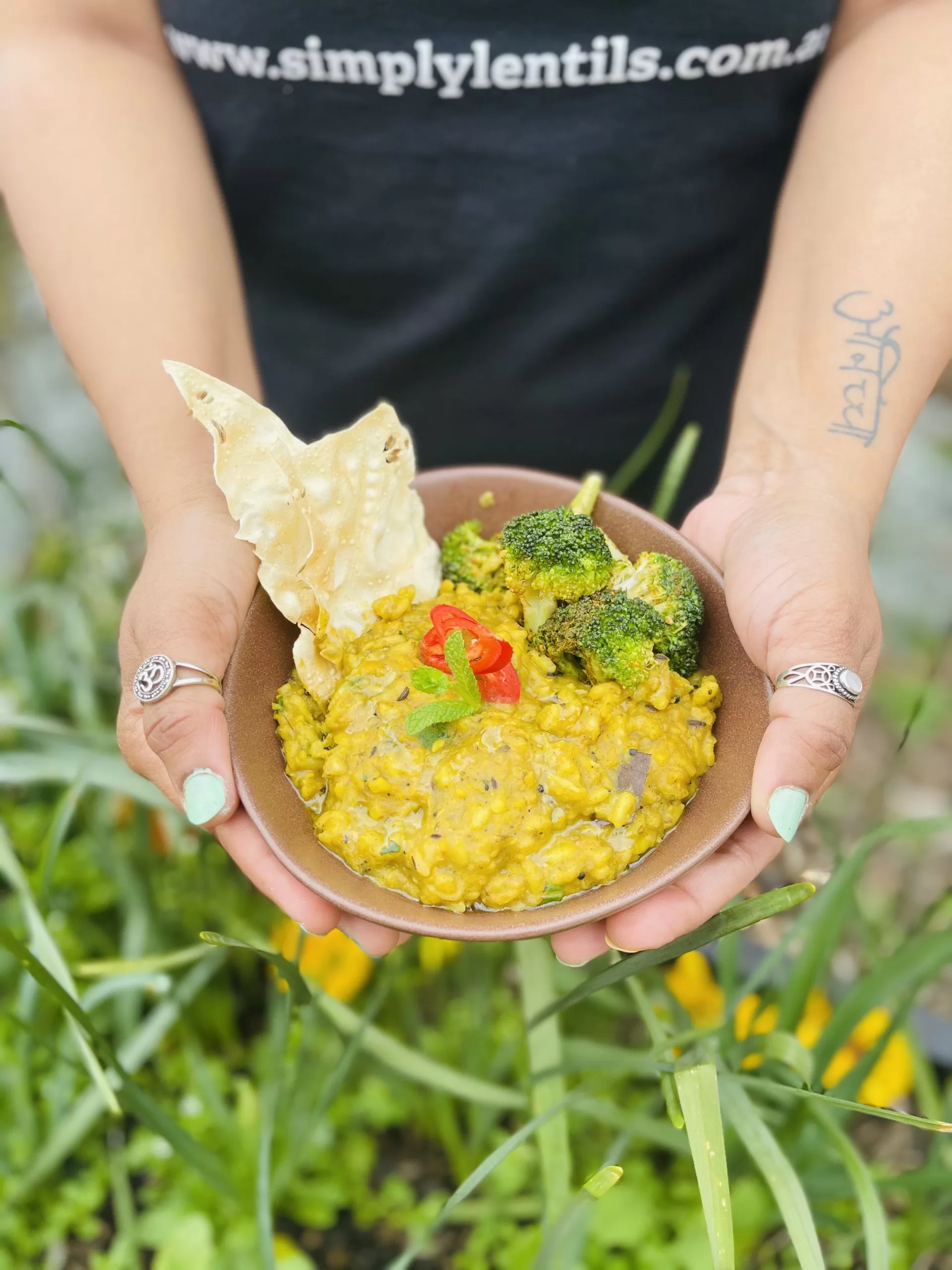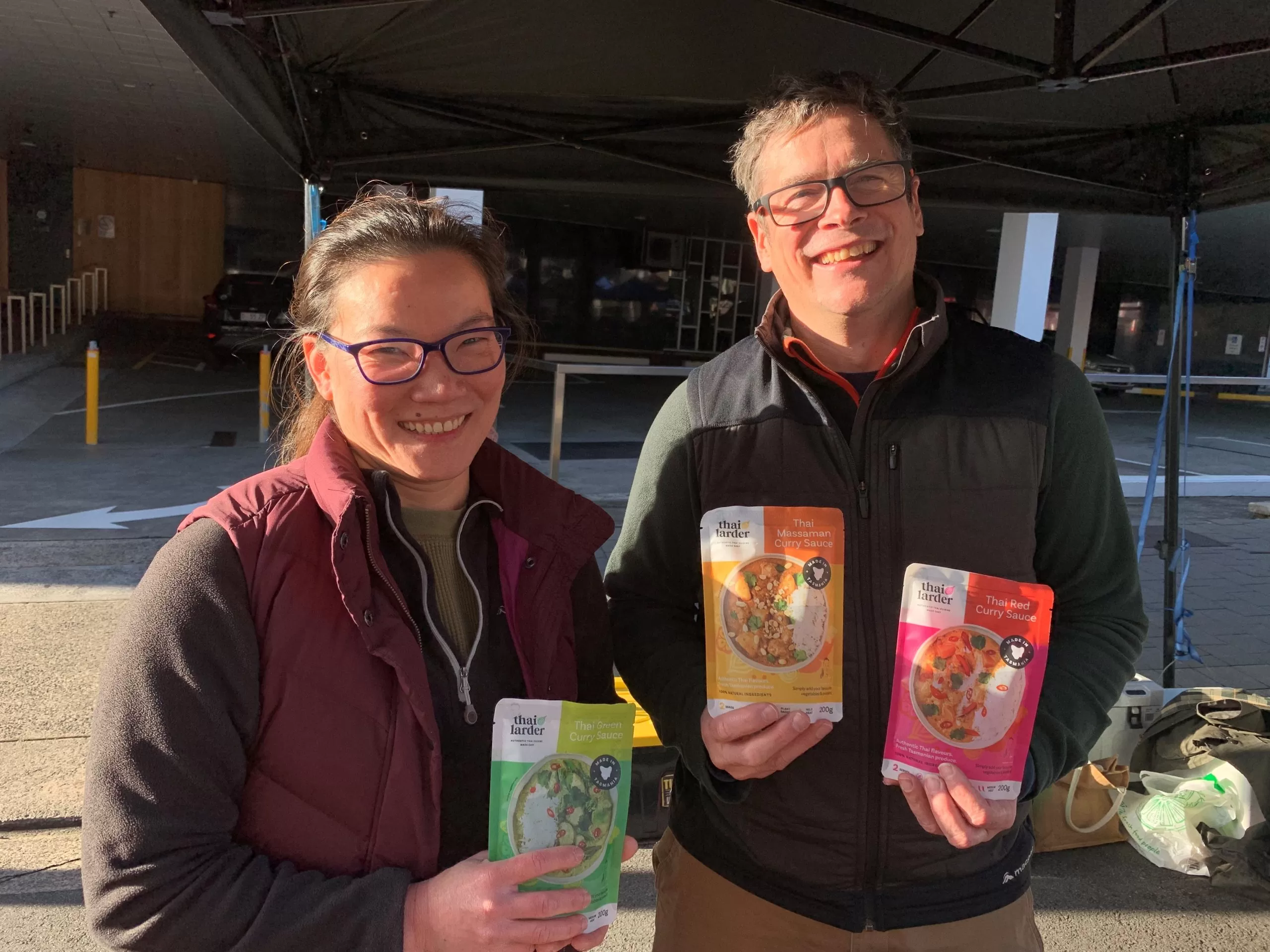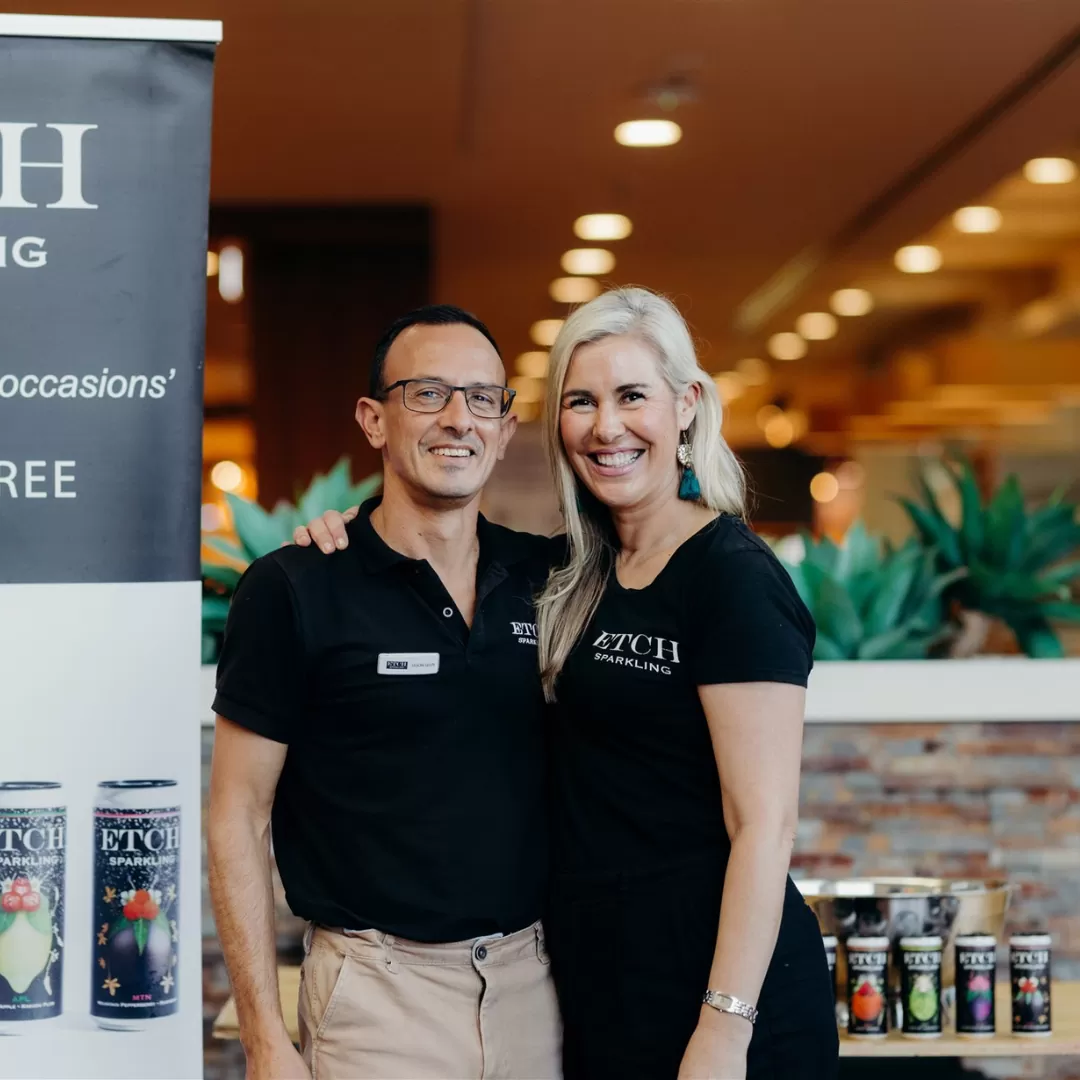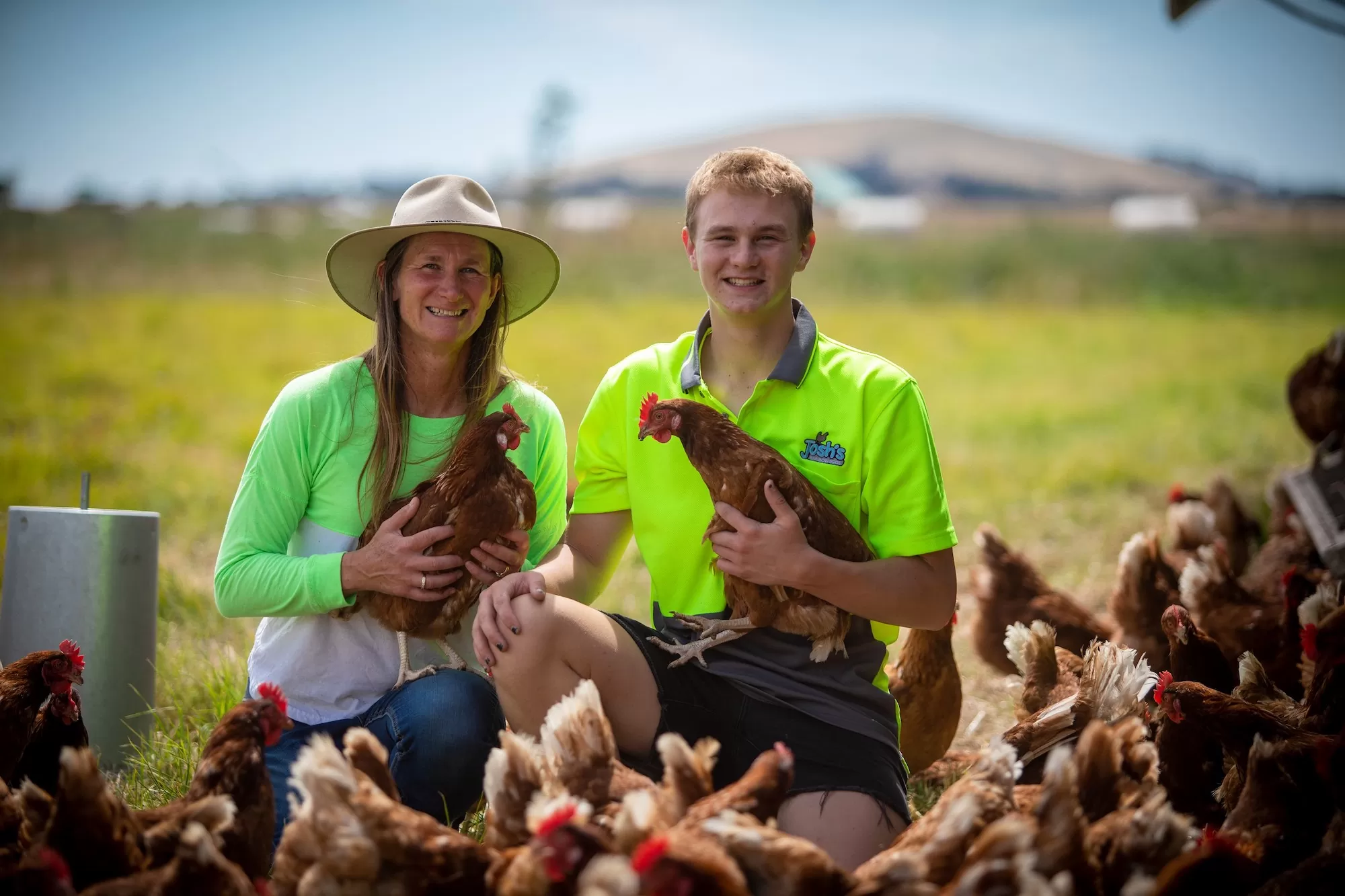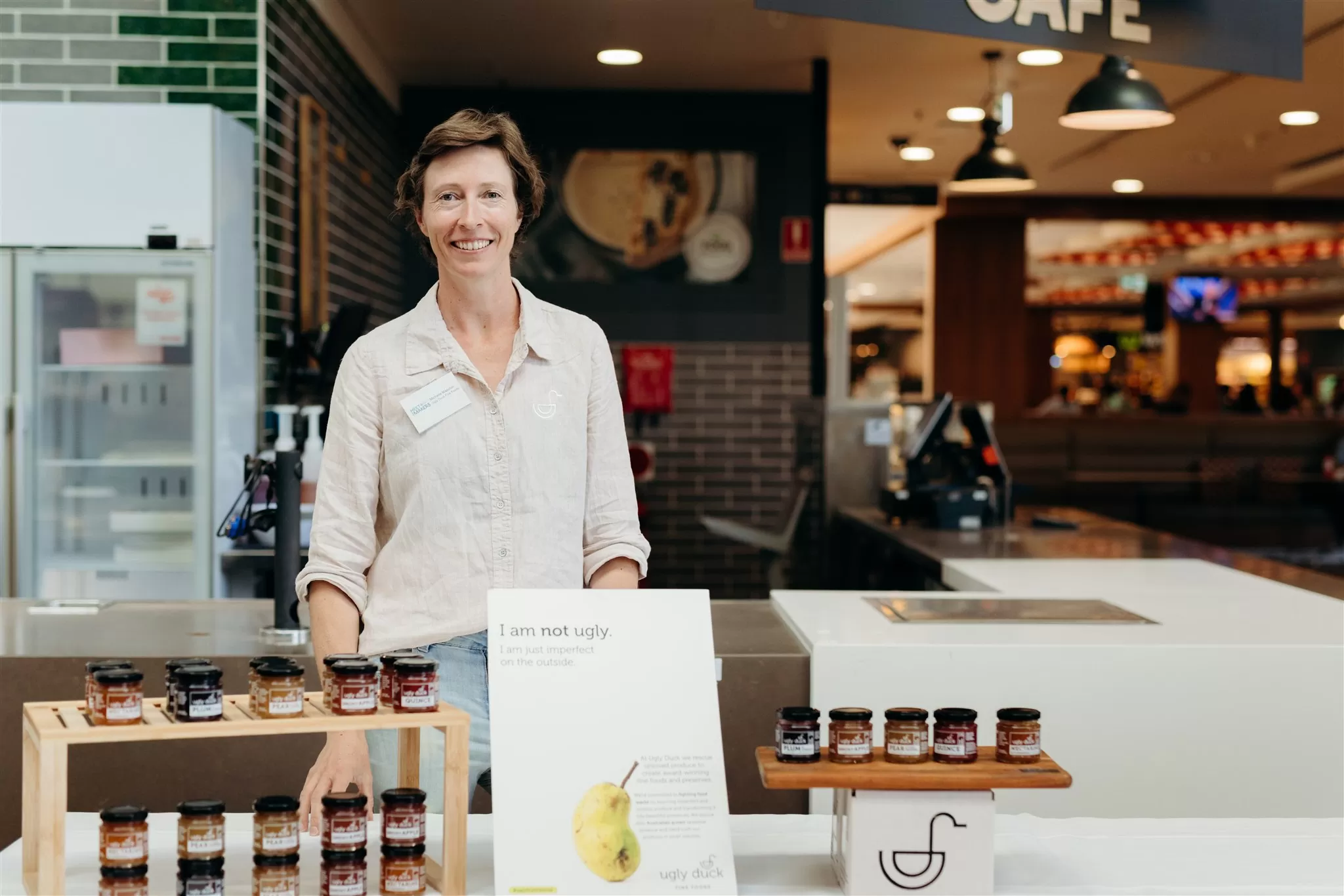Consumers
THE CONSUMER IS KING (AND QUEEN)
According to the 2023 Food Corp Network Trend Forecast, 75% of Australians are feeling the effects of increased cost of living pressures, which is increasing at-home dining and entertaining by 38%. The report also found that 91% of Australian consumers are ‘opting in’ to health and wellness and are re-evaluating their approach and relationship to food, resulting in supermarket shifts to ‘better for you’, fresher and healthier products and alternatives.
It’s these types of insights that you can use to really think about your product offering and how it is targeted to consumers. After all they’re what you’re creating your product for – consumers!
WHO VALUES WHAT YOU DO?
We recently enjoyed a series of Masterclasses in Seedlab Australia, with an aim to understand the similarities and differences between the Value and Premium Consumer segments. We heard from presenters from Woolworths, Kantar, independent marketing specialists, and industry veterans who could talk about their own experience with adapting to the consumer.
In particular, Sara from Kantar showed us how leading FMCG brands deliver ‘the right promise made in the right way at the right time’.
SO, WHAT DO VALUE AND PREMIUM CONSUMERS HAVE IN COMMON?
- Both consumer segments are shopping around for specials and taking advantage of promotions to save and get the most for their money.
- Whilst the Value Consumer is constrained by affordability, both Value and Premium Consumers prioritise health, quality and locally made.
HOW ARE VALUE AND PREMIUM CONSUMERS DIFFERENT?
- Up to 34% of Value Consumers are switching to private label and/or less expensive versions of the branded products. And it’s no surprise that when finances are tighter, they cut back on non-essentials.
- Premium Consumers on the other hand are eating out less and shifting to scratch-cooking at home. And whilst they are savvy, the Premium Consumer will continue to indulge and purchase from brands that deliver meaningful experiences and have become a part of the Premium Consumer’s life.
These insights are interesting but unless we use them to drive business decisions, they are simply insights. Anne from Ashgrove Cheese brilliantly shared how her team turned insights into product evolutions and business improvements by asking:
- What are my consumer segments purchasing and usage behaviours?
- What does my consumer segment care about that they are willing to pay for?
- How has this changed over time?
As always, if you start with the consumer, you are more likely to beat the competition, differentiate your business and make more money!
Thai Larder – a Seedlab Australia Case Study
Sometimes finding your ideal place in the market means scrapping your original product and redeveloping it to address market needs. After gaining insights into the FMCG market and consumer demands, Thai Larder did just that.
An overhaul of their curry paste range aimed to create a quicker, easier product to appeal to those who want quick but fresh and authentic Thai flavour. The result? An ingredient-rich, Australian first, fresh curry paste requiring only vegetables and protein.
With convenience a key selling point for consumers, Thai Larder’s redeveloped pastes we made to fill the consumer desire for fresh but easy meal solutions, and their placement close to meat and produce in Woolworths stores creates a perfect shopping environment for those who are time poor.
Improve your knowledge in Fast Moving Consumer Goods
Email Newsletter
You get an email 1-2 times a month with Insights and expertise from the best of the best in FMCG.
The Leaflet – LinkedIn
Encouraging growth in the FMCG Space
